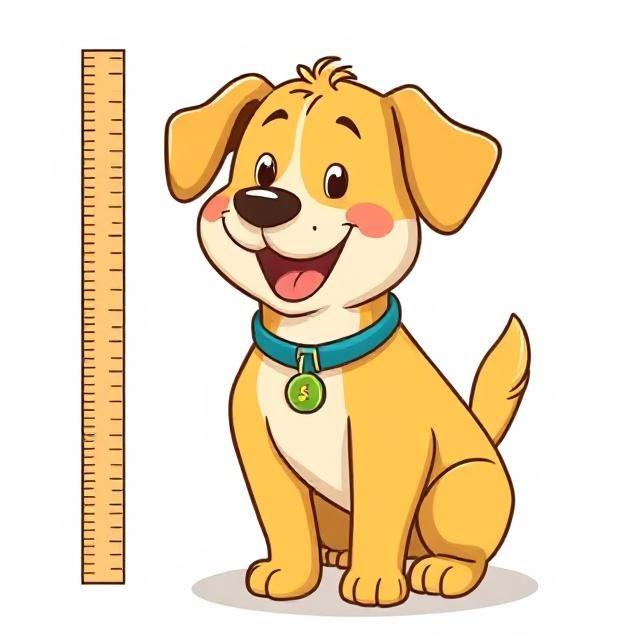Irish Terrier

Description
The Irish Terrier is one of the oldest terrier breeds, known for its distinctive red coat and spirited demeanor. This breed has a strong history as a working dog, originally bred for hunting and guarding. The Irish Terrier is characterized by its wiry, weather-resistant coat and a well-proportioned, athletic build. They are often described as bold and courageous, making them excellent companions for active individuals and families.
Personality
Irish Terriers are known for their spirited and energetic personality. They are intelligent, loyal, and protective of their families, often forming strong bonds with their owners. This breed is typically affectionate and playful, making them great companions for children. While they can be independent and sometimes stubborn, consistent training and socialization from an early age can help cultivate a well-behaved dog. They are also known for their alertness, making them excellent watchdogs.

Care Requirements
The Irish Terrier requires regular exercise to maintain their physical and mental health, ideally involving daily walks, playtime, and opportunities to run in a secure area. They thrive in an active household and enjoy participating in various activities, including agility, obedience training, and even dog sports. Their wiry coat needs grooming at least once a week to prevent matting and keep it in good condition. Regular visits to the veterinarian for vaccinations and checkups are essential to ensure their overall health. Additionally, early socialization and obedience training are crucial for developing a well-adjusted and well-mannered dog.
Suitable For:
- Families with children
- Homes looking for a protective dog
- Owners who enjoy moderate levels of activity
- Those who can provide consistent training
- Those who don't mind a moderate level of barking
Not Suitable For:
- Homes with other dogs
- Those who often have strangers coming and going
- People expecting a highly playful dog
- Those looking for a breed that's easily trainable
- Those who prefer a quiet dog
Physical Characteristics
Irish Terriers are medium-sized dogs, typically weighing between 25 to 27 pounds and standing about 18 to 20 inches tall at the shoulder. They possess a strong, athletic build with a straight back and a deep chest. Their most distinctive feature is their wiry, dense coat, which is usually a rich red color, sometimes with a slight white marking on the chest. They have a long, straight muzzle and dark, expressive eyes that convey an intelligent and determined expression.
Height
Male: 18" - 18"
Female: 18" - 18"
Weight
Male: 27 - 27 lbs
Female: 25 - 25 lbs
Life Expectancy
13 - 15 years

Breed Profile
Breed Characteristics
Maintenance Requirements
Breeds Similar to Irish Terrier
Based on temperament, size, and care requirements, these breeds share similar characteristics:
Frequently Asked Questions
Fun Facts
The Irish Terrier, known for its fiery red coat, originated in Ireland, and it's one of the oldest terrier breeds. It was initially bred to hunt and retrieve game from water, demonstrating its versatility and adaptability.
Physically, the Irish Terrier is a medium-sized dog, standing between 18-19 inches tall and typically weighing between 25-27 lbs. It is often noted for its dense wiry coat, which is usually a vibrant shade of red and requires frequent grooming to maintain its texture and color.
The Irish Terrier is a highly energetic and intelligent breed. These dogs are known for their fearless yet friendly nature, making them excellent family pets. They are also known for their loyalty and protectiveness, traits that make them excellent watchdogs.
During World War I, the Irish Terrier had a significant role as messenger dogs due to their agility, speed, and bravery. They reliably delivered messages between the trenches, saving many lives and earning the nickname "Daredevil."
The Irish Terrier is often associated with Irish culture and folklore. In the past, it was said that their red coat was made to match the fiery spirit of the Irish people. They were also considered symbols of good luck, making them popular companions for Irish emigrants traveling to new lands.